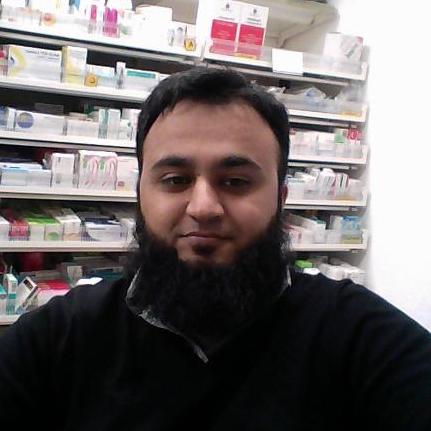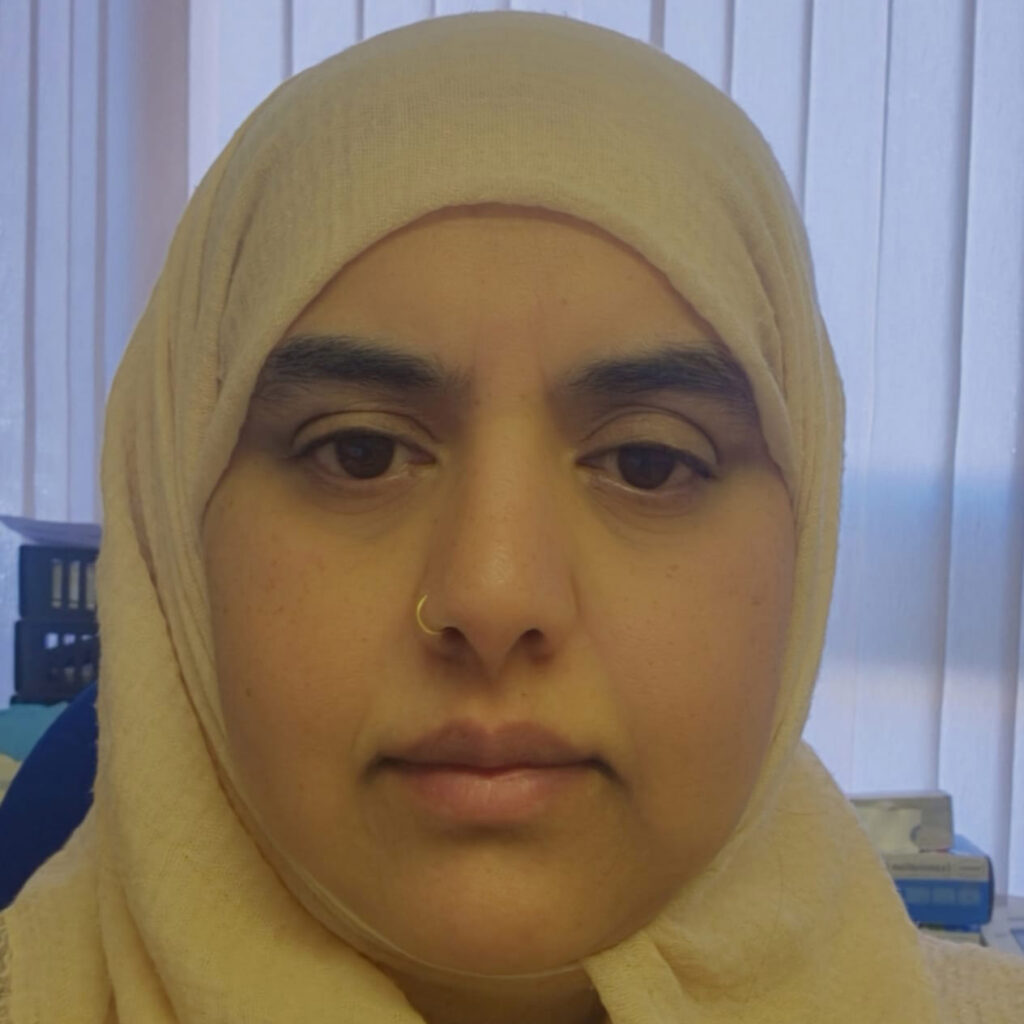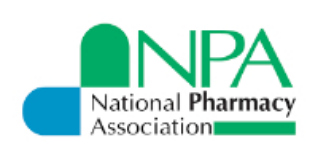About Impetigo
What is impetigo?
Impetigo is a common and highly contagious skin infection that often starts with red sores or blisters, typically around the nose and mouth. These can quickly burst and form a yellowish crust, which may be distressing, especially for parents seeing it on their child’s face.
Though impetigo mostly affects children, it can happen to anyone, and the bacterial infection can sometimes spread to other parts of the body or between people in close contact.
There are two types of impetigo:
- Non-bullous impetigo – the more common form, causing small red spots that break open and form a crust.
- Bullous impetigo – a less common type, producing larger fluid-filled blisters. This form usually needs assessment by a GP.
The good news is that impetigo is treatable and usually clears up quickly with the right medication. If you or your child are experiencing symptoms, it’s important to start treatment as soon as possible to reduce discomfort and stop it from spreading.
Impetigo Symptoms
Impetigo usually starts with red sores or spots on the skin. These can:
- Burst and ooze fluid, leaving behind a yellow or golden crust
- Feel itchy or sore
- Appear around the nose, mouth, hands, or other exposed areas
- Spread to other parts of the body if touched or scratched
In some cases, you might also notice:
- Small fluid-filled blisters (more common in bullous impetigo)
- Red or swollen skin around the sores
- Swollen glands near the infected area
If you or your child has any of these symptoms, getting an online diagnosis and starting impetigo treatment cream quickly can help stop the infection from spreading and ease discomfort.
What causes impetigo?
Impetigo is caused by bacteria (most commonly Staphylococcus aureus or Streptococcus pyogenes) that enter the skin through small breaks, like cuts, insect bites, or areas affected by eczema. Once the bacteria are inside the skin, they spread and cause sores or blisters.
It can spread easily through:
- Direct skin contact with an infected person
- Sharing items like towels, clothing, or toys
- Scratching the affected area, which can transfer the bacteria to other parts of the body
Because impetigo is a highly contagious skin infection, it’s particularly common in places where people are in close contact, like schools, nurseries, or sports teams. While the infection itself isn’t usually serious, it can be uncomfortable and upsetting, especially for young children and their families.
How to Treat Impetigo
Topical antibiotic creams that are applied directly to the sores are an effective treatment for impetigo. This cream helps clear the infection and stop it from spreading. If the infection is more severe or doesn’t get better, you may need antibiotic tablets instead.
With Click2Pharmacy, you can get treatment quickly and discreetly. Just fill out a short online consultation. If the impetigo treatment cream is right for you, our pharmacist will approve it and send it straight to your door.
Most people start to feel better within a few days, and the infection usually clears in about a week.
Preventing the Spread of Impetigo
Impetigo spreads easily, but there are some simple steps you can take to reduce the risk of catching it or passing it on to others:
- Washing hands regularly with soap and water.
- Keep cuts, grazes, and insect bites clean and covered.
- Avoid sharing personal items like towels, flannels, or bedding.
- Don’t let children with impetigo go to school or nursery until at least 48 hours after starting treatment or until sores have crusted over.
- Try not to touch or scratch the sores, as this can spread the infection to other areas.
If someone in your household has impetigo, washing towels, sheets, and clothing on a hot wash can also help stop the bacteria from spreading.












